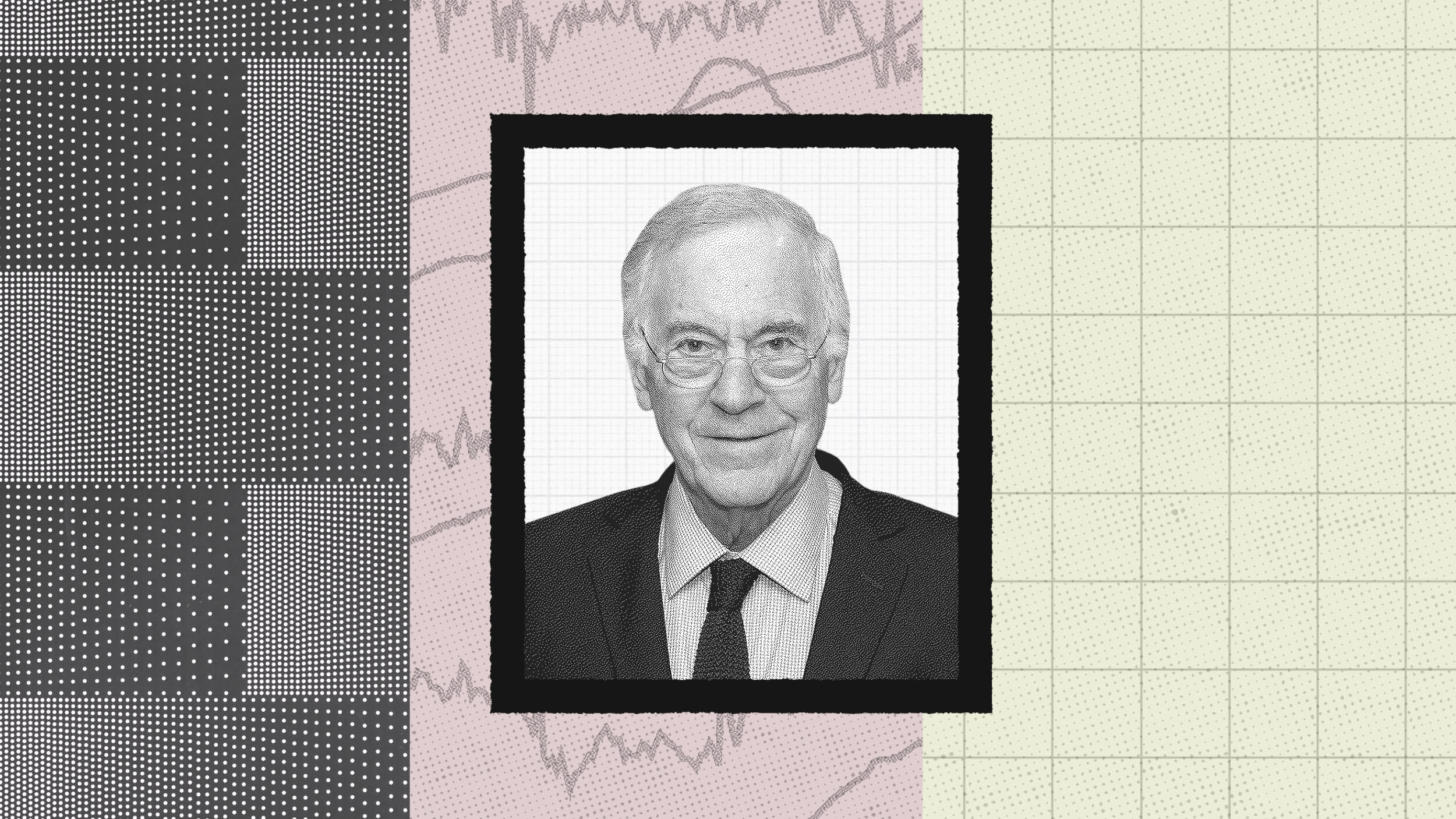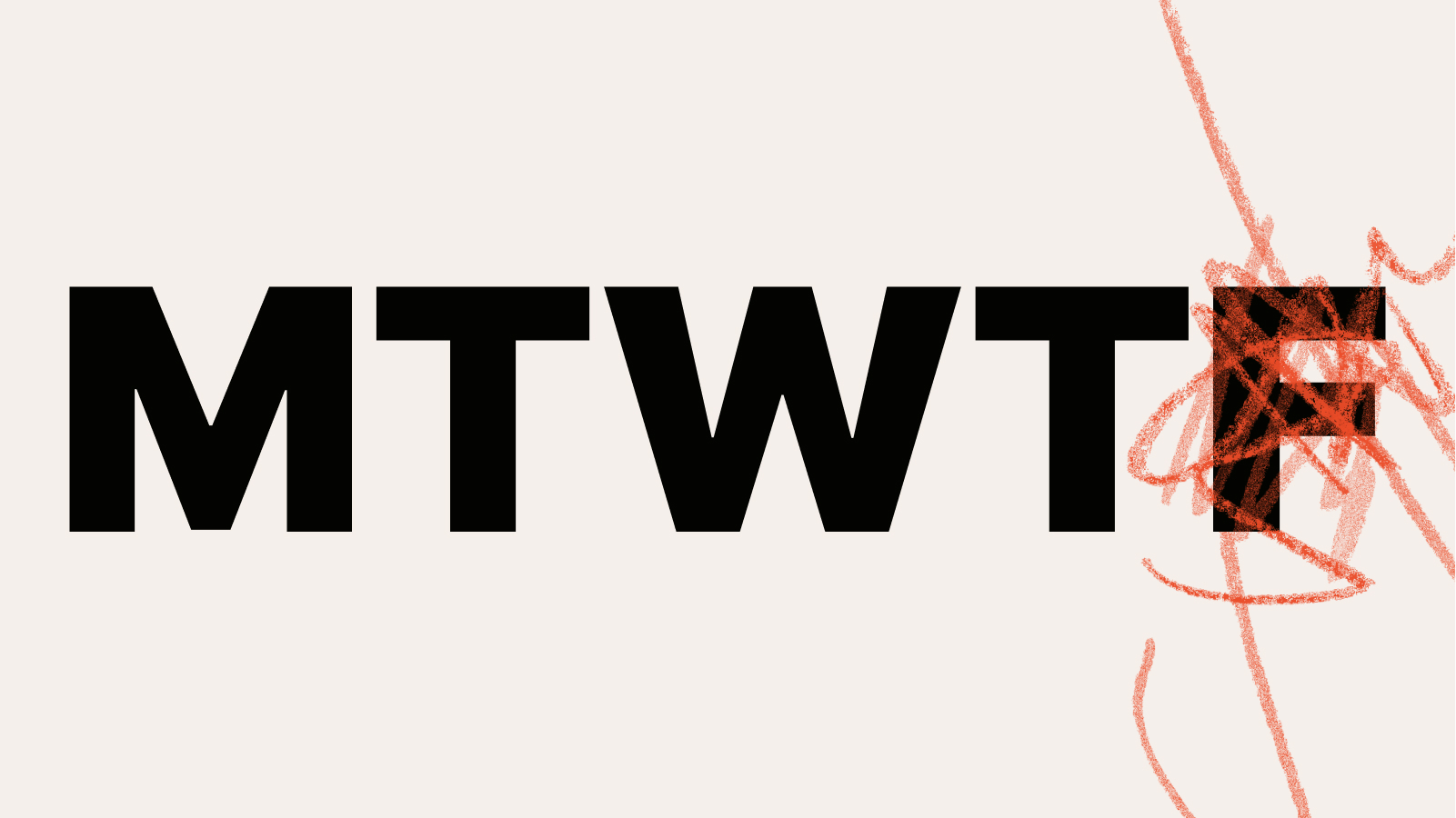“The Heresies of John Maynard Keynes” (In memory of Robert L. Heilbroner)
John Maynard Keynes believed that an economy in depression could stay in depression. This means that an economy could function at a sustained level of unemployment, without any tendency or built-in mechanism to repair or correct itself.
Before Keynes, economists believed that economic downturns, which produced disequilibrium in the goods and labor market, were temporary and short-lived. On explanation is that unemployment could not be sustained because the surplus of workers in the labor market would force wages down and decrease costs of production. This would increase profits and increase output, which would increase the demand for workers, and move the economy back to a full-employment. Another explanation is that during a downturn, people would save more. Higher savings drives down the interest rate on loans to businesses, encouraging businesses to borrow more and finance new investments. Businesses would then be in a position to increase production, hire more workers, and the economy would move out of the slump and back to full-employment.
However, there are some basic flaws in this economic reasoning that Keynes brought to light. First, when the economy goes into a tailspin, and people lose their jobs, they have less income. Therefore, households don’t save more but instead draw on their savings because there is no income flow due to increased rates of unemployment. Without the increased savings, there is no downward pressure on interest rates, and no incentive for businesses to borrow and invest, and no tendency for the economy to recover on its own. Thus, rather than bounce back, the economic slump would continue. Further, with all the excess capacity, businesses have no incentive to invest, regardless of the level of the interest rate.
The notion that the economy will not correct itself relied on two other main ideas: income determined savings and prosperity depended on investment. That is, economic expansion would only occur if business investment increased. With less savings, due to less income and less investment, due to less spending, during the Great Depression, the economy still tended toward equilibrium but at very high levels of unemployment.
Keynes however did not just diagnose the problem, he also posed a solution: government intervention. This intervention had actually already been put into place in the form of The New Deal, before The General Theory was published. As Heilbroner puts it, “the medicine was being applied before the doctors knew exactly what to do.”
This deliberate emphasis on government spending to stimulate the economy served more than one purpose. It put people back to work, increasing social welfare, but it also helped stimulate investment indirectly. With people back to work, income increased followed by increases in consumption and savings. The increase in consumer demand led to increased output, which in turn increased employment and income, jumpstarting the economy, and moving it toward a full-employment equilibrium. The increased savings also reduced the interest rate, encouraging businesses to borrow more, which increase investment spending.
Keynes did not see this intervention as a permanent policy. He saw it as more of a way to get a system in need of help, back to where it had been.
Check out “The Truth About the Economy” in 2 minutes, how wealth inequality in America has skyrocketed, and finally the best explanation of the bank bailouts that I have ever seen:





